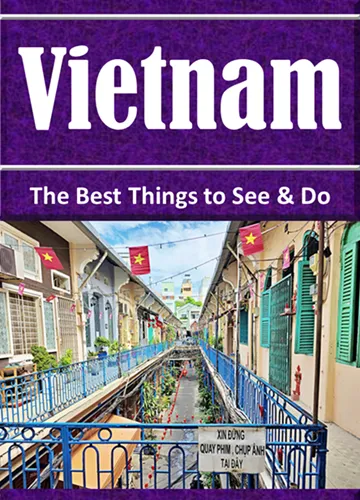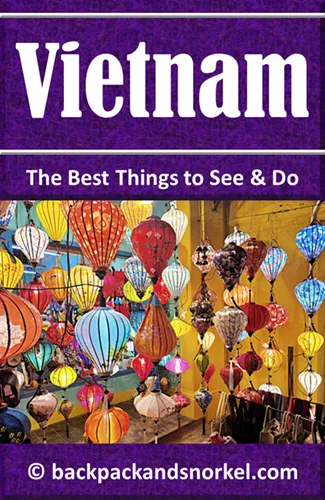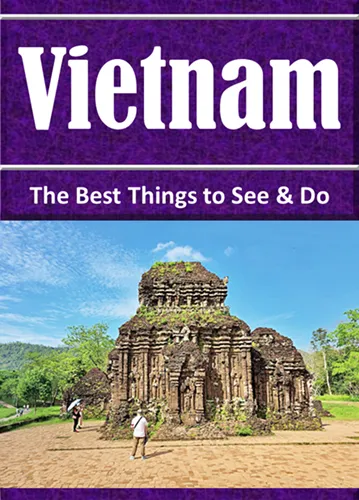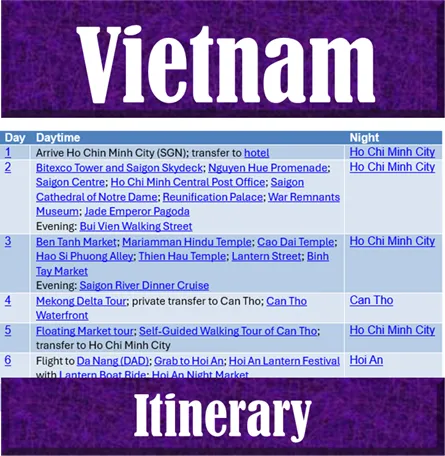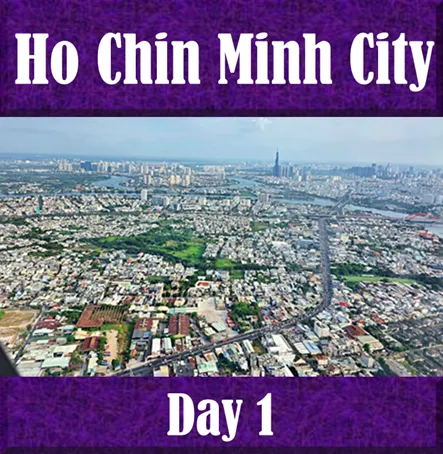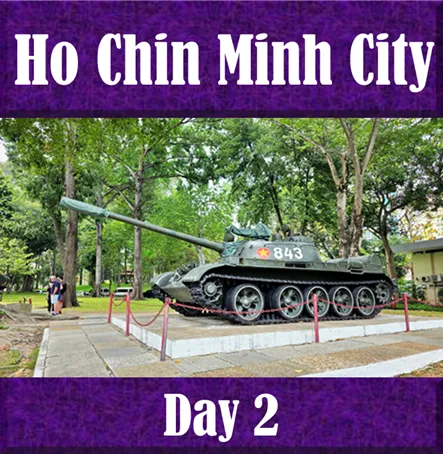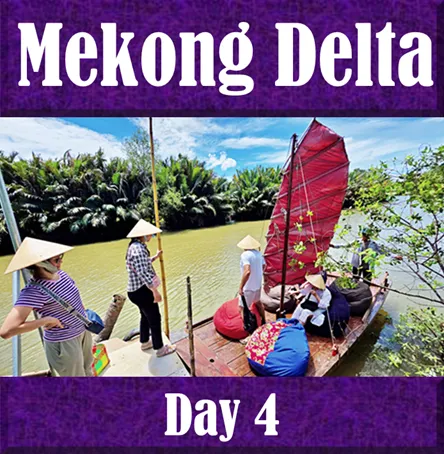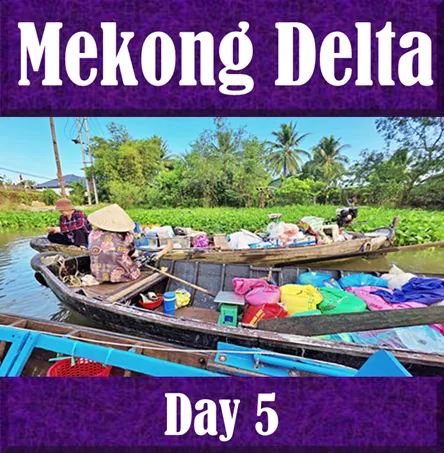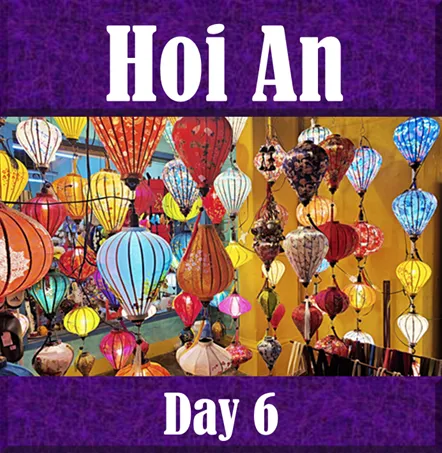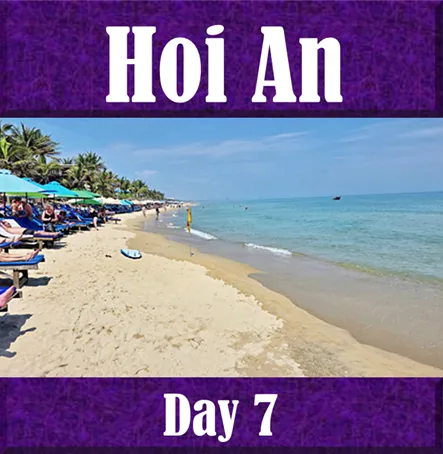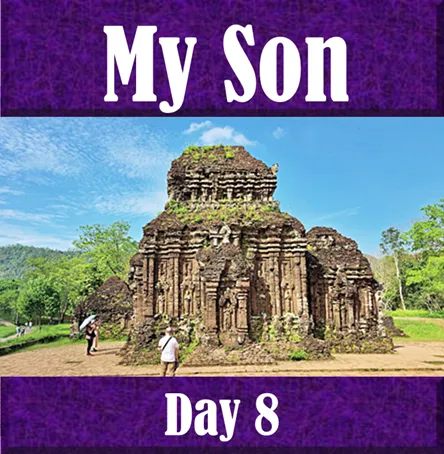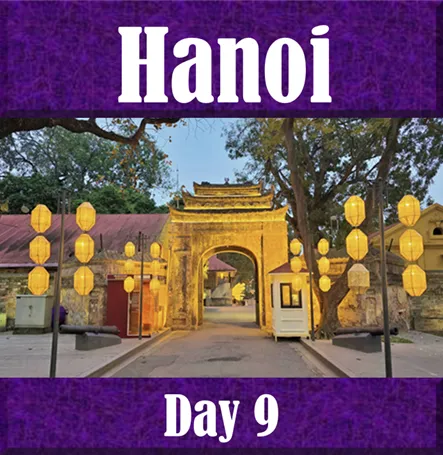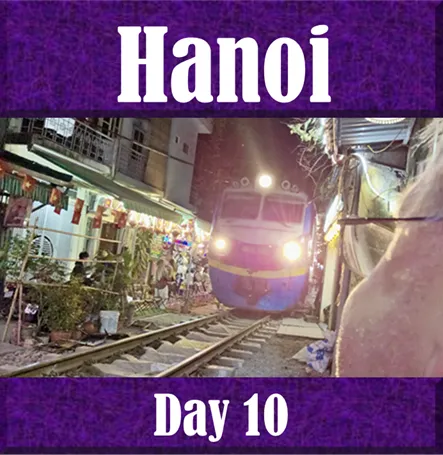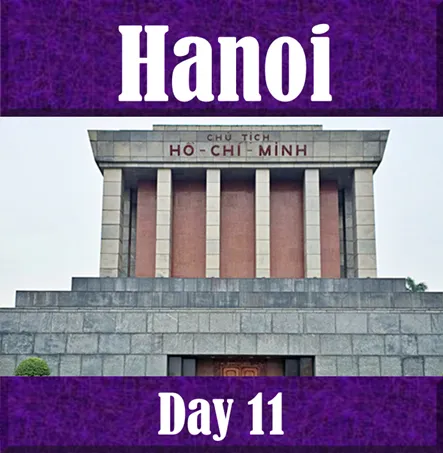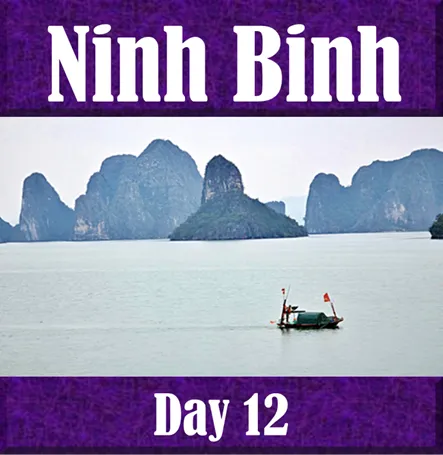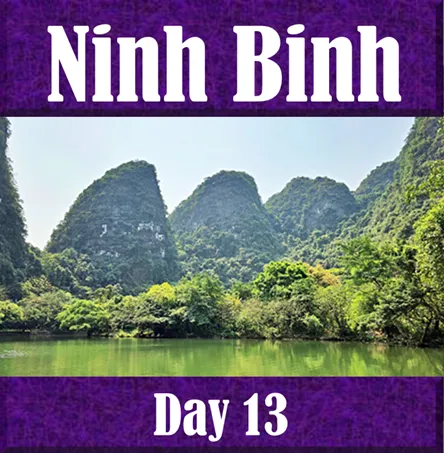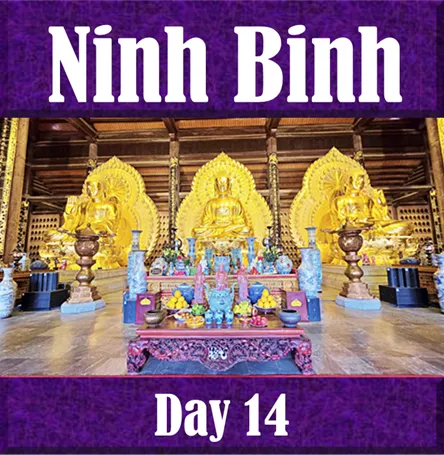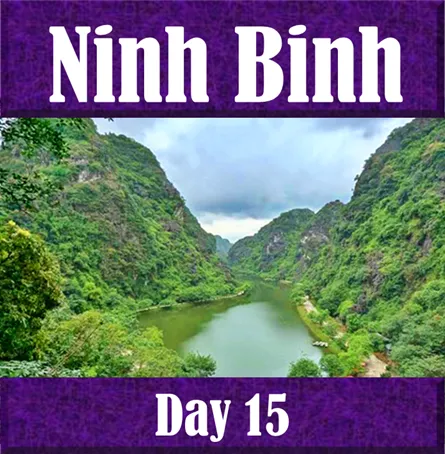Ba Mu Temple Gate, Hoi An: The Iconic Triple Arch & Most Photographed Spot | Vietnam Purple Travel Guide
(map, reviews)
This is Premium Content! To access it, please download our
Backpack and Snorkel Purple Travel GuideBa Mu Temple Gate is not part of Hoi An Ancient Town Ticket. You can freely visit it.
Amid the timeless beauty of Hoi An Ancient Town, Ba Mu Temple has emerged as one of the town’s top instagrammable attractions.
The Ba Mu Temple Gate (Cam Ha gate, Hai Binh gate, unofficially: Tam Quan Gate)
What is left today is a linking gate of two architectural religious structures which are located next to each other: Cam Ha temple and Hai Binh temple, traditionally known as Ong Chu temple and Ba Mu temple.
Bae Mu temple is a popular name which perpetuates lots of memories through Hoi An's local generations.
The gate that you see today is often called Tam Quan Gate (Cổng Tam Quan)—not an official name, but a traditional architectural term in Vietnam. A Tam Quan refers to a three-arched gateway, commonly found at temples, pagodas, and spiritual complexes throughout the country.
In Sino-Vietnamese, ‘Tam’ means ‘three’ and ‘Quan’ means ‘gate’ or ‘passageway’.
Here are some photos that we took:
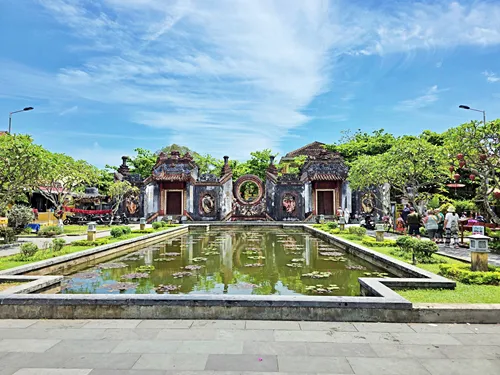
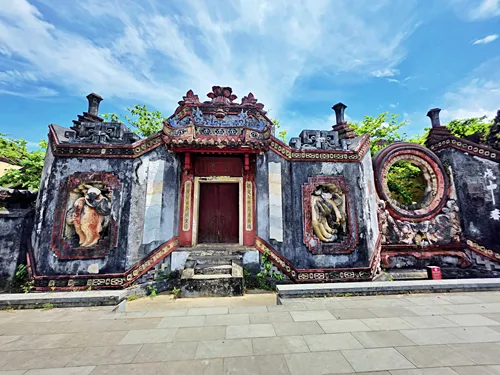
Cam Ha Temple was originally built to worship Bảo Sanh Đại Đế, a powerful deity, along with 36 military generals — figures associated with protection, authority, and martial strength.
Cam Ha Temple is also called Ong Chu Temple (‘Ông Chú’ meaning ‘Honored Uncle’ or ‘Venerable Lord’) because Bảo Sanh Đại Đế is a powerful guardian deity associated with protection and justice. Locals referred to him with the respectful and familial title ‘Ông Chú’, reflecting both reverence and cultural tradition.
Hai Binh Temple was dedicated to Thiên Hậu Thánh Mẫu (Mazu), the Goddess of the Sea, as well as the Twelve Midwives (Thập Nhị Bà Mụ) — key deities in Vietnamese folk religion related to fertility, childbirth, and maritime safety.
Hai Binh Temple is also known as Ba Mu Temple (‘Bà Mụ’ meaning ‘Holy Midwife’ or ‘Grandmother Midwife’), because Thiên Hậu Thánh Mẫu and the Twelve Midwives are deeply rooted in Vietnamese folk beliefs surrounding childbirth, fertility, and maritime safety. The name Ba Mu became the affectionate, commonly used name for the temple, which was passed down through generations.
The temple once formed part of the Cam Dong village communal complex, which included a monastery, ancestor altars, and a community meeting hall.
Together, these temples reflected the spiritual life and protective hopes of the Minh Hương village and the broader Hoi An community, especially among merchant families and sailors who relied on divine favor for safe voyages and prosperous trade.
Originally constructed in 1626 at a different location, the temples were relocated and rebuilt in 1848, during the first year of Emperor Tự Đức's reign under the Nguyễn Dynasty. Their architectural grandeur was so notable that they drew attention from both Vietnamese scholars and French researchers from the École Française d’Extrême-Orient (EFEO) in the 1930s.
Over the centuries, the complex fell into disrepair. Today, only the iconic Tam Quan Gate survives. Fortunately, an extensive restoration completed in 2020 revived the structure, balancing historical authenticity with elegant, modern landscaping.
The Temple and Its Significance
Today, visitors can explore the newly landscaped grounds, which feature traditional architecture, gardens, and displays explaining Vietnamese folk spirituality and ancestor worship. While it no longer functions as an active temple, Ba Mu Temple provides deep insight into Hoi An’s spiritual and communal heritage.
Architectural Features and Photo Hotspots
Tam Quan Gate is an ornate triple-arched gate painted in vibrant hues of red and gold. With its curved tiled roofs, lotus motifs, and ceramic embellishments, the gate reflects the artistic style of the Nguyễn Dynasty era.
In front of the gate, a tranquil courtyard leads visitors through carefully manicured gardens with a Lotus pond and walking paths that create a peaceful setting for reflection.
The overall layout evokes a sense of symmetry, balance, and harmony, elements central to Vietnamese temple architecture.
Practical Information
Opening hours: always open
Entry fee: Free
Here at Backpack and Snorkel Travel Guides, we promote self-guided walking tours.
But we realize that not everybody likes to walk by themselves in a foreign city. So, just in case that you rather go with ab guide: NO PROBLEM! Please see the Viator tours below.
paid Viator tours
Where do you want to go now?
Author: Rudy at Backpack and Snorkel
Bio: Owner of Backpack and Snorkel Travel Guides. We create in-depth guides to help you plan unforgettable vacations around the world.
Other popular Purple Travel Guides you may be interested in:
Like this Backpack and Snorkel Purple Travel Guide? Pin these for later:

